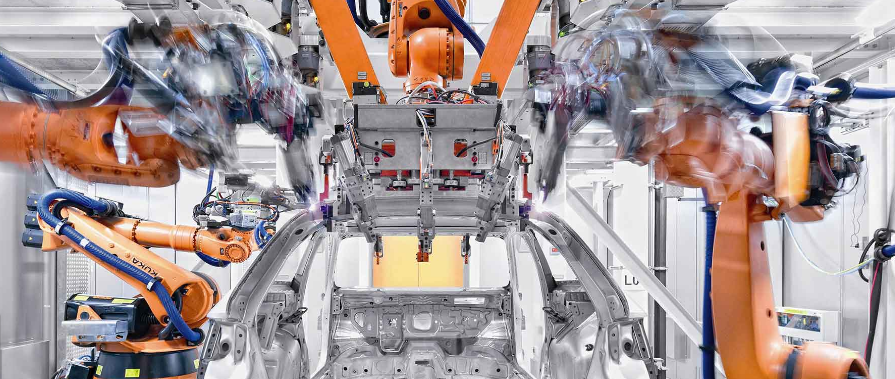
Laser cutting is a versatile and precise technology used to cut a variety of materials. There are several methods of laser cutting, each suitable for a specific application:
CO2 laser cutting: This method uses a carbon dioxide laser to cut materials such as wood, acrylic, plastic, and fabric. A laser beam is created in a mixture of carbon dioxide gas and directed at the material, causing it to melt or vaporize.
Fiber Laser Cutting: Fiber lasers use a solid-state laser source, usually a fiber optic cable, to cut metals such as steel and aluminum. This method is known for its high accuracy and speed and is popular in industrial settings.
Neodymium (Nd) and neodymium yttrium aluminum garnet (Nd:YAG) lasers: These lasers are used for cutting and welding metals. Nd:YAG lasers are particularly effective for cutting high melting point materials.
Excimer laser cutting: Using a combination of reactive gases and ultraviolet light, excimer lasers are suitable for precision cutting of materials such as ceramics, polymers and certain metals.
Cryogenic laser cutting: In this method, cryogenic substances are used to cool the material to extremely low temperatures, making it brittle and easier for the laser cutting process. This is especially useful for materials that are difficult to cut at room temperature.
Laser cutting methods offer a variety of capabilities that allow precise and efficient manufacturing of a variety of materials in a variety of industries.
